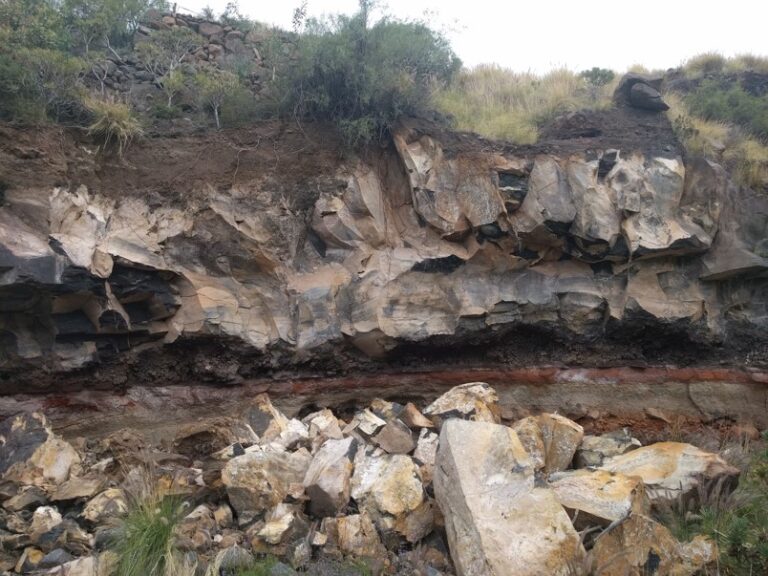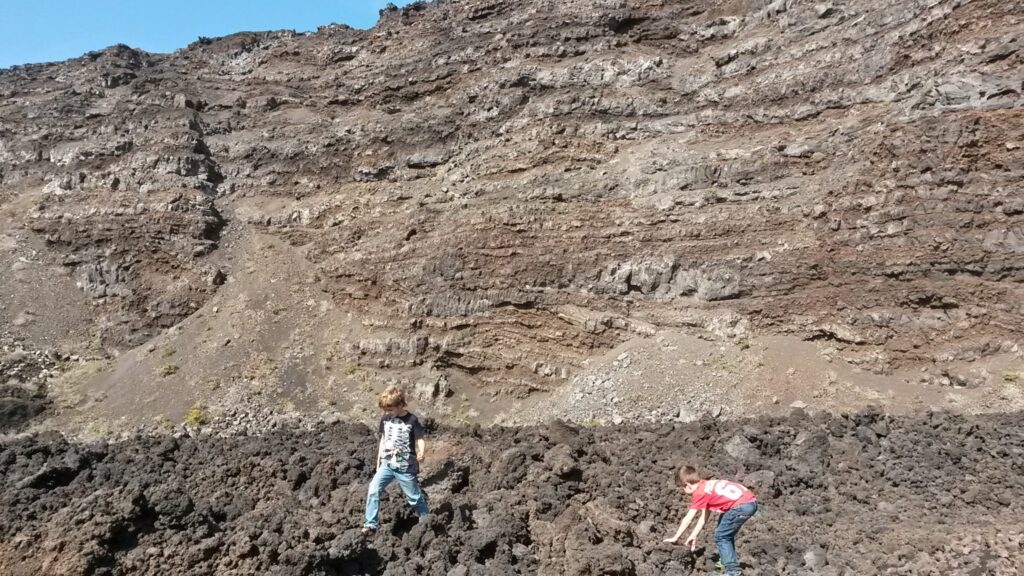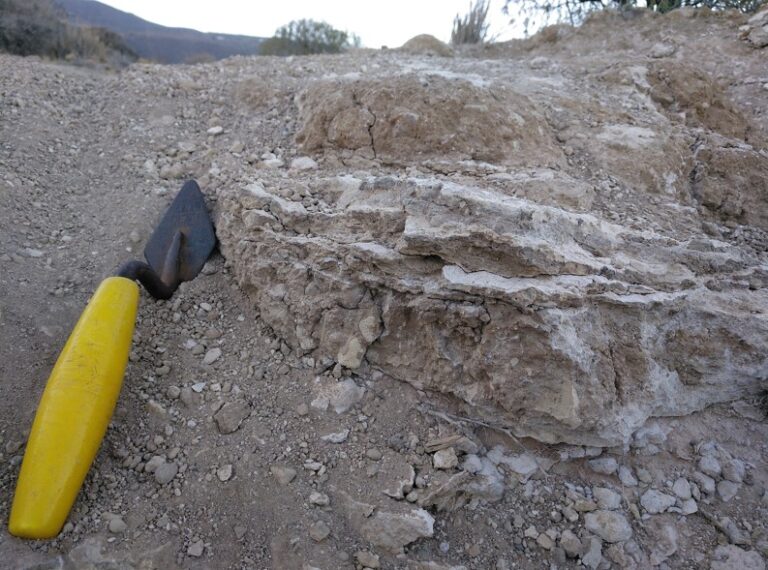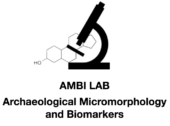Canary Island Geoarchaeology

The Canary Islands are seven volcanic islands hosting a variety of unique sedimentary environments, from wet subtropical forests to dry coastal dunes and dry highlands (highest at 3715 masl). The islands’ mild climate has enabled human habitation for at least the past two thousand years. Prior to the arrival of Europeans in the fourteenth century, aboriginal populations lived in small hamlets and rockshelters. For over a thousand years, they exploited the islands’ natural resources (fish, shellfish, lizards, wood, obsidian, basalt and clay for pottery) and developed small pastoralist and agricultural economies with crops, goats and sheep they had brought with them from Africa.

From a geoarchaeological perspective, Canary Island sites may comprise stone huts or ruined hamlets built on a variety of soils formed on volcanic parent materials. These soils range from organic-rich andosols in the wet zones to dry caliches in the dry zones. Above the treeline, there are no soils at all, and huts and hamlets are built directly on the bare ground (weathered volcanic sediment). Canary Island archaeological sites also comprise rockshelters and caves made of basalt or stratified volcanogenic pyroclasts. There are no rivers, no lakes; only deep, dry ravines. Therefore, there are no river sides, lake shores or floodplains. There is no alluvium. The archaeological sequences in open air and rockshelter sites throughout the islands are formed through wind, rain, slope dynamics and soil formation in combination with human activity. This results in complex stratified sequences made up of mixed geogenic materials such as detrital lapilli and minor amounts of aeolian quartz dust (Saharan dust!), and anthropogenic materials (mainly domestic refuse, combustion residues and goat dung). These deposits might be affected by weak soil formation, or there might be soils at the base or interspersed with the archaeological strata.

Our research aims at documenting different examples of site formation throughout the islands, in both aboriginal and post-european arrival contexts. The results contribute in different ways. First, they help us unveil past Canary Island lifestyles, social evolution, landscape evolution and past climatic events. Second, by informing on site formation processes linked to the occupation contexts of small-scale pastoralist and farming communities, they contribute to recent prehistory research (Neolithic and early metal ages). Finally, Canary island archaeological site formation studies provide reference data on the diagenetic alteration and weathering processes that may take place in volcanogenic sedimentary deposits over the course of several centuries and up to two thousand years. This kind of data is impossible to obtain experimentally.

